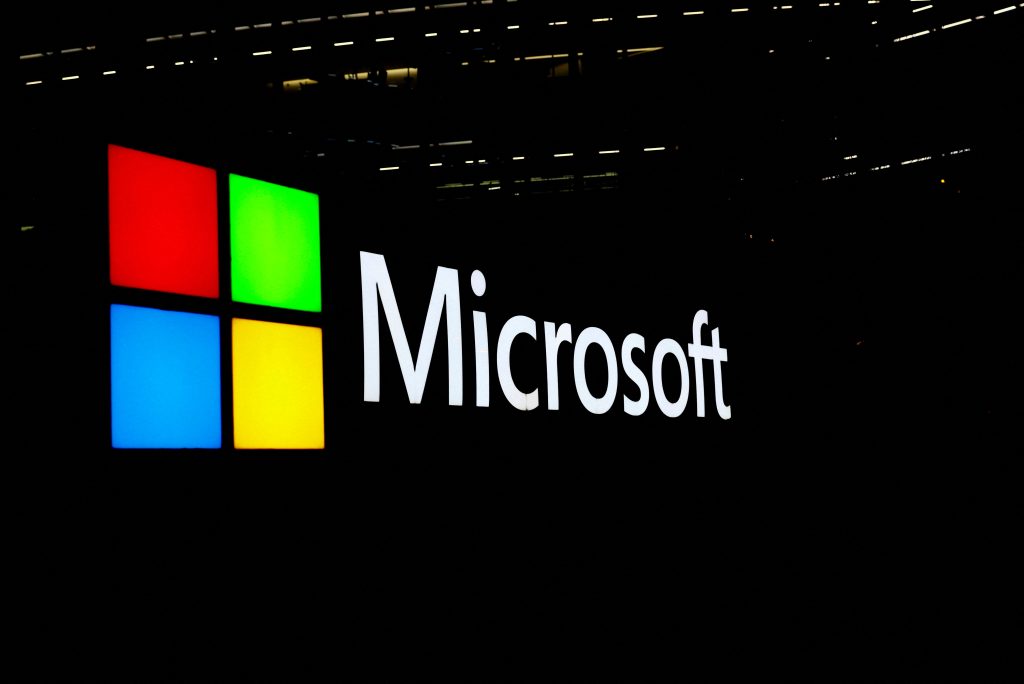Microsoft has initiated another significant wave of job cuts, announcing the layoff of approximately 9,000 employees across various departments. This marks the tech giant’s second major workforce reduction in 2025, as it seeks to simplify internal structures, trim operational costs, and respond more effectively to an evolving global tech landscape.
The new round of layoffs will affect about 4% of Microsoft’s total global workforce, which was estimated at 228,000 employees as of June 2024.
Broad Cuts Across Teams and Regions
According to Bloomberg, which first broke the news, the layoffs will span multiple teams, regions, and professional levels. A Microsoft spokesperson confirmed the move, explaining that the restructuring aims to streamline the company’s internal structure and increase overall efficiency.
“We continue to implement organizational changes necessary to best position the company and teams for success in a dynamic marketplace,” the spokesperson said.
This restructuring appears to align with Microsoft’s broader strategy to reduce layers of management and accelerate decision-making within the organization. Key divisions affected include Microsoft’s global sales unit, particularly sales personnel, and teams operating under its Xbox gaming division.
Earlier Layoffs and End-of-Year Restructuring
The new job cuts follow a similar action in May 2025, when Microsoft laid off around 6,000 employees, primarily from its product development and engineering teams. Together, both layoffs in 2025 now total approximately 15,000 job cuts.
Microsoft often undertakes large-scale restructuring near the close of its fiscal year, which ends in June. As part of this annual practice, the company reassesses its strategic priorities, realigns internal teams, and adapts to market changes.
The sales and marketing unit, which reportedly employs about 45,000 people, is particularly affected this time, indicating a significant recalibration of Microsoft’s customer engagement strategy.
Executive Leave and Organizational Transitions
In a related development, Judson Althoff, Microsoft’s Chief Commercial Officer and head of global sales, is scheduled to go on a two-month sabbatical beginning in July 2025. The company clarified that the leave was pre-planned and unrelated to the layoffs, and that Althoff will resume his duties in September.
Althoff’s temporary absence comes amid a period of strategic transition within Microsoft’s commercial and sales teams, raising questions about how leadership shifts might impact future restructuring efforts.
Context: A Wider Wave of Tech Layoffs in 2025
Microsoft’s latest move adds to the ongoing wave of layoffs sweeping across the global technology sector. Since early 2023, numerous big tech companies have aggressively downsized in response to macroeconomic pressures, AI-driven cost realignment, and post-pandemic growth corrections.
Notably, in April 2025, Google’s parent company Alphabet implemented significant cuts within its Platforms and Devices division, affecting major product lines including Android, Pixel smartphones, and the Chrome browser.
According to the company, the layoffs followed an internal restructuring and were intended to make teams more agile after merging multiple product units.
These job cuts were preceded by a voluntary exit program launched in January 2025, which aimed to minimize forced layoffs by incentivizing early departures.
Layoffs in Numbers: A Sobering Snapshot
Data from Layoffs.fyi, an independent platform tracking job cuts in the tech industry, reveals that over 27,000 tech workers were laid off between January and April 2025. The worst-hit month during this period was February, which saw a staggering 16,084 job losses—nearly 60% of the total for the quarter.
These figures come in the aftermath of a volatile 2024, during which more than 150,000 tech jobs were eliminated across 549 companies worldwide. The downsizing trend appears to have spilled into 2025 with little sign of slowing down.
What’s Driving the Cuts?
Several factors are contributing to the persistent waves of layoffs in tech:
-
Economic Uncertainty: Despite early signs of recovery in some regions, concerns over inflation, global interest rates, and market volatility continue to affect business confidence and investor sentiment.
-
AI Investment Priorities: Companies like Microsoft and Google have ramped up investments in artificial intelligence, diverting resources from legacy operations to next-generation technologies. These transitions often require fewer human resources and a different talent mix, leading to job cuts in traditional roles.
-
Overexpansion During the Pandemic: Many tech firms expanded rapidly between 2020 and 2022, hiring thousands to meet surging demand for digital services. As demand stabilizes and growth slows, these companies are now correcting for overcapacity.
What This Means for Microsoft
For Microsoft, the 9,000 layoffs represent both a cost-cutting measure and a strategic repositioning. By eliminating certain roles and consolidating functions, the company is signaling a stronger focus on leaner operations, more efficient team structures, and a forward-looking investment in high-growth areas like cloud computing, AI services, and enterprise solutions.
While these decisions are often difficult and disruptive, especially for employees, Microsoft maintains that such measures are critical for long-term competitiveness and innovation.
The company’s aggressive push into AI—illustrated by its investments in OpenAI, Copilot for Microsoft 365, and Azure-based AI services—requires not just funding but organizational agility, which may be difficult to achieve under older, layered structures.
Outlook: Layoffs Likely to Continue Across Tech
As 2025 progresses, industry analysts expect more workforce adjustments from other tech giants. The combination of tight capital markets, operational realignments, and the AI transformation sweeping across the sector means that companies will continue evaluating staff sizes and business priorities.
For workers, especially those in sales, engineering, and customer support roles, the current environment remains challenging. However, opportunities are expected to shift toward AI development, machine learning, cybersecurity, and cloud infrastructure, where demand for talent is still robust.
Despite the pain of job losses, the sector continues to evolve rapidly—and for companies like Microsoft, these strategic moves may prove essential in shaping their future in a world dominated by AI-driven solutions.













